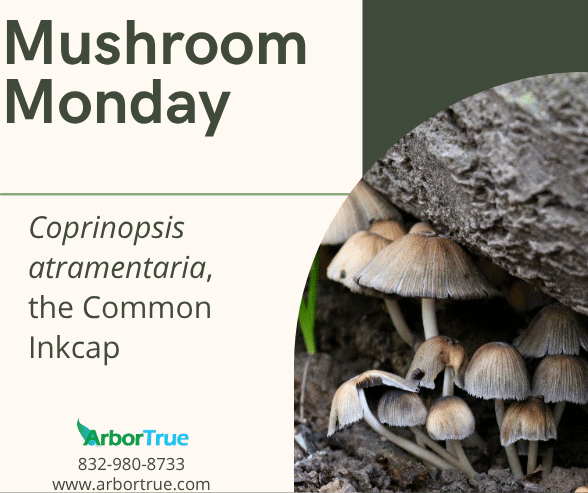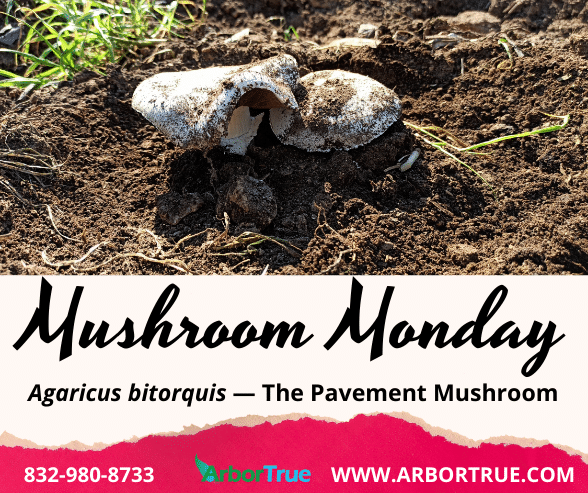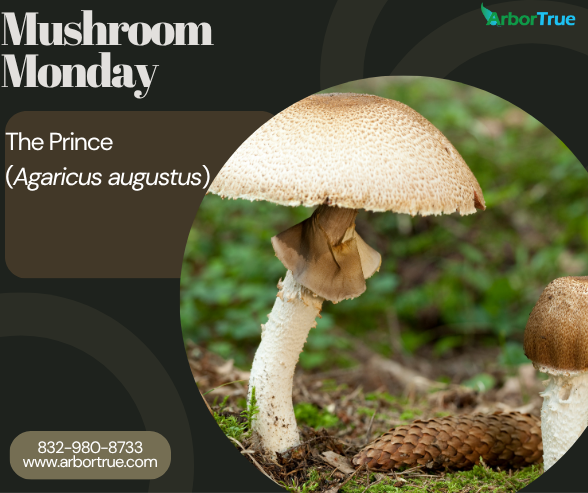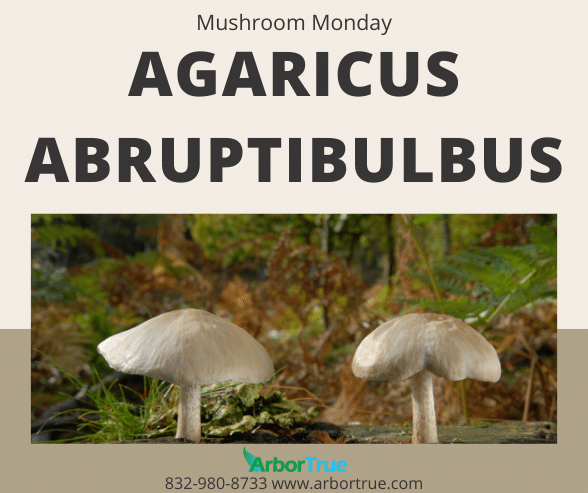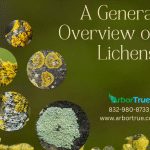
A General Overview of Lichens
June 13, 2025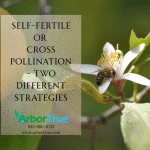
Self-Fertile or Cross Pollination – Two Different Strategies
June 18, 2025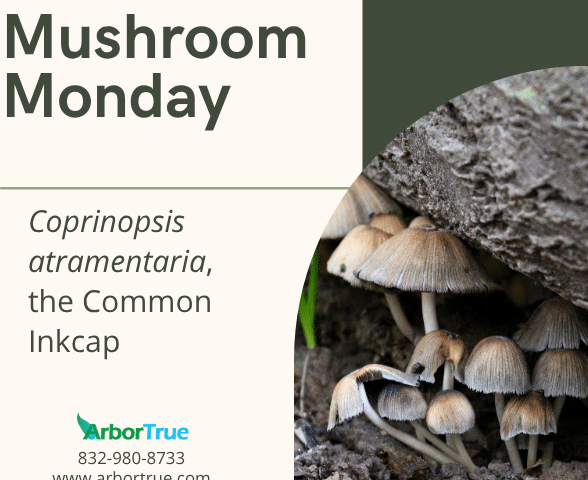
Mushroom Monday: Coprinopsis atramentaria, the Common Inkcap
A Familiar and Fleeting Mushroom
If you’ve ever seen mushrooms appear suddenly after rain and vanish just as fast, you might have stumbled upon Coprinopsis atramentaria, the Common Inkcap. Found in North America and Europe, this species often grows in clusters and is known for its short-lived fruiting bodies and unusual transformation during maturity. Like other inkcaps, it undergoes autodigestion—breaking itself down into a black, inky liquid.
Where and When It Grows
Coprinopsis atramentaria is saprobic, meaning it feeds on dead organic matter. You’ll often find it on disturbed soil, wood chips, lawns, compost piles, or near tree stumps. It grows from spring to autumn and appears either singly or in dense clusters. Its ability to colonize disturbed ground makes it a common sight in urban parks, gardens, and roadside edges.
Cap, Gills, and That Inky Transformation
The cap of the Common Inkcap starts off egg-shaped and grayish-brown, then expands and flattens before turning black and dissolving from the edges inward. This process, called deliquescence, gives the mushroom its inky name. Caps can grow up to 6 cm across, with grooves and a sticky surface when young. The gills beneath the cap begin white, become gray, and eventually turn black and liquefy as the mushroom matures.
The Slender Stem and Growth Habit
The stem is white, hollow, and fragile, reaching up to 17 cm tall and about 1 cm thick. It’s smooth and typically lacks a ring. Coprinopsis atramentaria grows in clusters and can appear in large numbers when conditions are right. Its presence is often tied to nutrient-rich soil or decaying wood.
A Mushroom with a Cautionary Note
Though sometimes listed as edible, the Common Inkcap comes with an important warning: it can cause a toxic reaction when consumed with alcohol. This effect, called “coprine poisoning,” results in symptoms like flushing, nausea, and rapid heartbeat. Even small amounts of alcohol can trigger a reaction, and the sensitivity can last for several days after eating the mushroom. For this reason, many foragers avoid it altogether.
We never recommend eating any wild mushroom. Proper identification can be difficult, and mistakes can be dangerous—or even deadly.
Part of a Fascinating Genus
This species belongs to the genus Coprinopsis, known for its inky behavior and short-lived mushrooms. While the Common Inkcap is one of the most recognizable members, other species in this group also exhibit autodigestion, a trait that sets them apart in the fungal world.
If you found this information about Coprinopsis atramentaria (Common Inkcap) helpful, check out our other Mushroom Monday posts on the TrueTreeTalk blog. Follow us on Facebook to keep up with these and other posts. Check out our list of blog posts grouped by topic for more to read. Also, follow us on LinkedIn for industry-related posts.
* * *
ArborTrue is a science-based tree service company in the greater Houston area. We also serve Austin and other parts of Central Texas. We provide a range of services including tree trimming, tree pruning, tree removal, tree planting, arborist consultations, and more. Call us today at 832-980-8733 (Houston) or at 512-546-3833 (Austin) or reach out to us online to schedule an appointment.

